
NPS 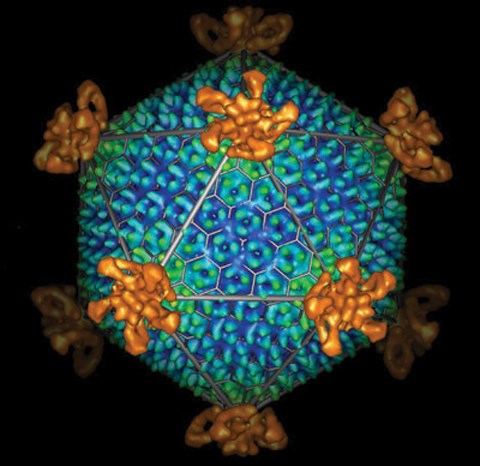
Thermal Biology Institute, Montana State University Like bacteria, the word “virus” often conjures up images of sickness and death. However, relatively few of the many types of viruses cause problems for humans. None of the thermophilic viruses in Yellowstone should cause problems for human health—our bodies are too cold for them to reproduce in, for one thing. Unlike microorganisms in the three domains, viruses are not considered to be alive. (Yet they are still called “life forms.”) They have no cell structure, only a protein “envelope” that encloses a piece of genetic material. They cannot reproduce on their own. Instead, a virus inserts itself into a host cell and uses that cell’s nutrients and metabolism to produce more viruses. Scientists suspect many viruses exist in Yellowstone’s hydrothermal features because they would be a logical part of the thermophilic ecosystem. One kind was discovered in Congress Pool, at Norris Geyser Basin. It was infecting the archaeum Sulfolobus. Another kind of virus has been identified in pools near Midway Geyser Basin. Source: NPS DataStore Collection 7681. To search for additional information, visit the NPS DataStore. 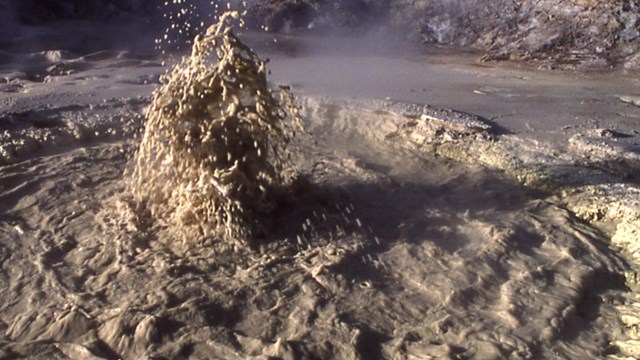
Thermophilic Archaea
Archaea are the most extreme of all extremophiles. 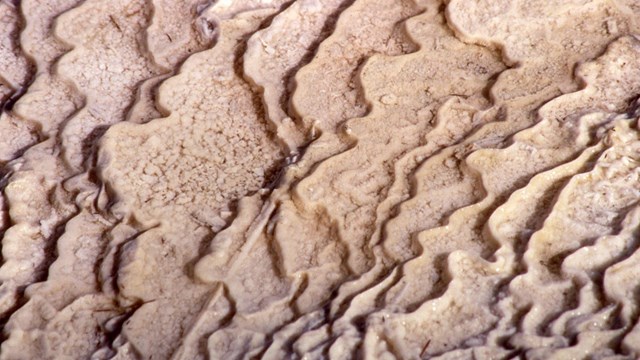
Thermophilic Bacteria
Almost all hot springs and geysers host thermophilic bacteria. 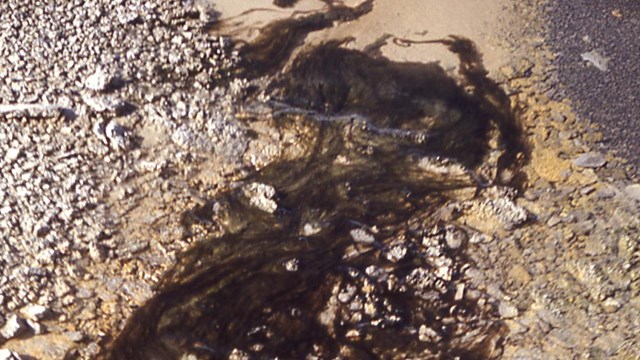
Thermophilic Eukarya
Microscopic plants and animals live in the extreme environments of Yellowstone's hydrothermal features. 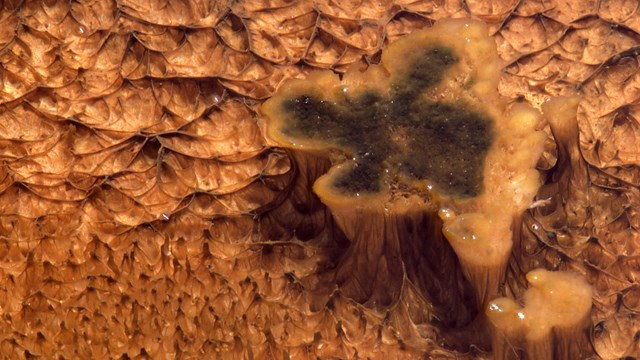
Thermophilic Communities
Thermophilic communities are very diverse, depending on the microbes living there, the pH, and the water temperature. 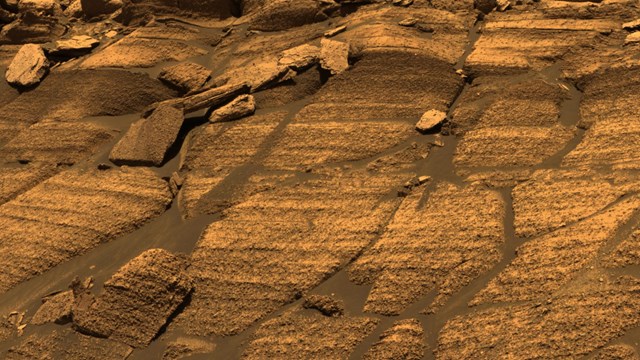
Thermophiles in Time and Space
Yellowstone's hydrothermal features and thermophilic communities are studied by scientists searching for evidence of life on other planets. 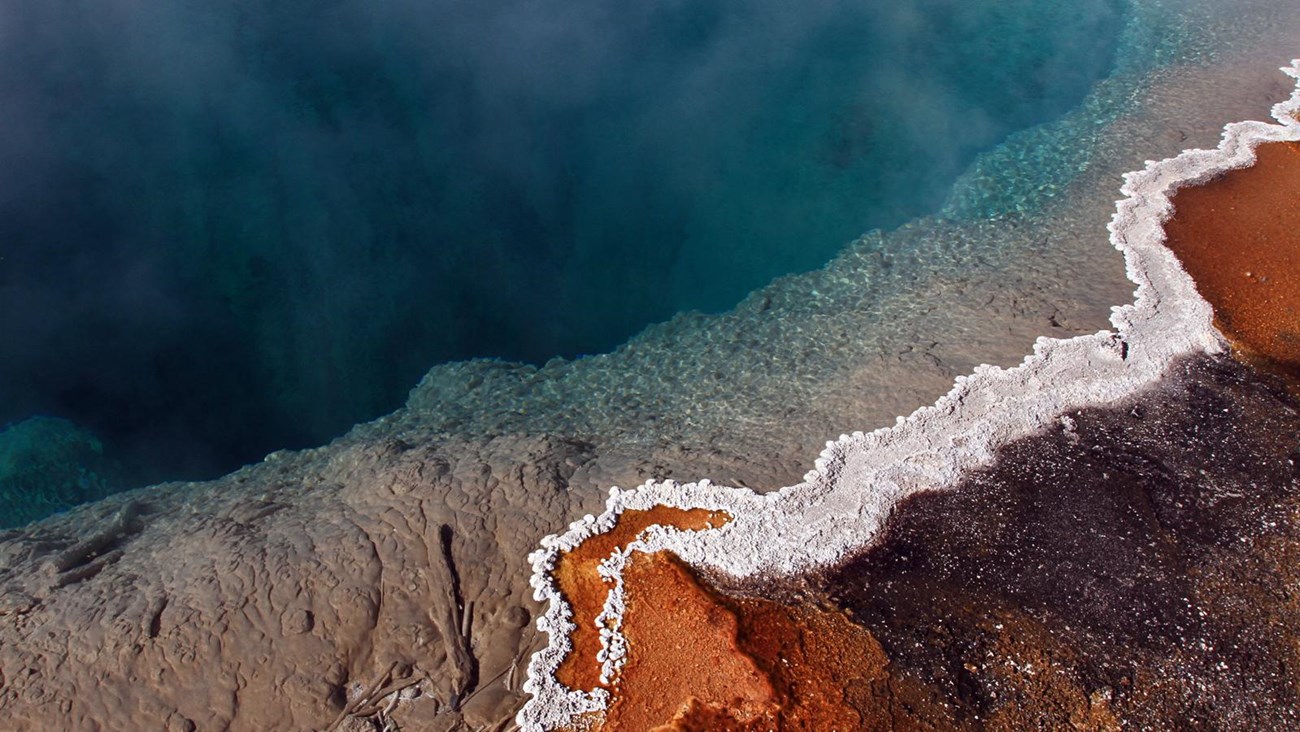
Life in Extreme Heat
Hydrothermal features are habitats for microscopic organisms called thermophiles: "thermo" for heat, "phile" for lover. |
Last updated: April 18, 2025
